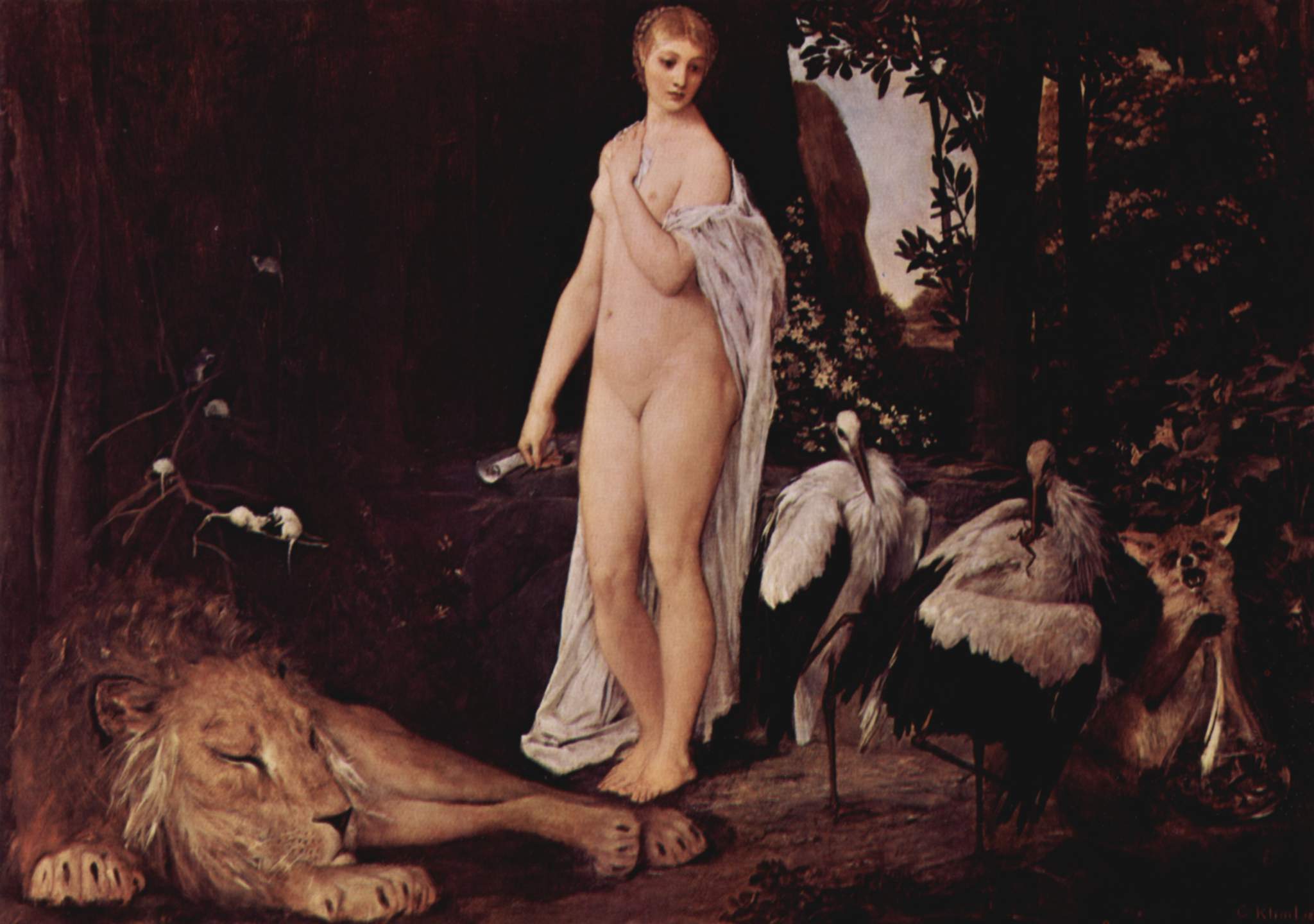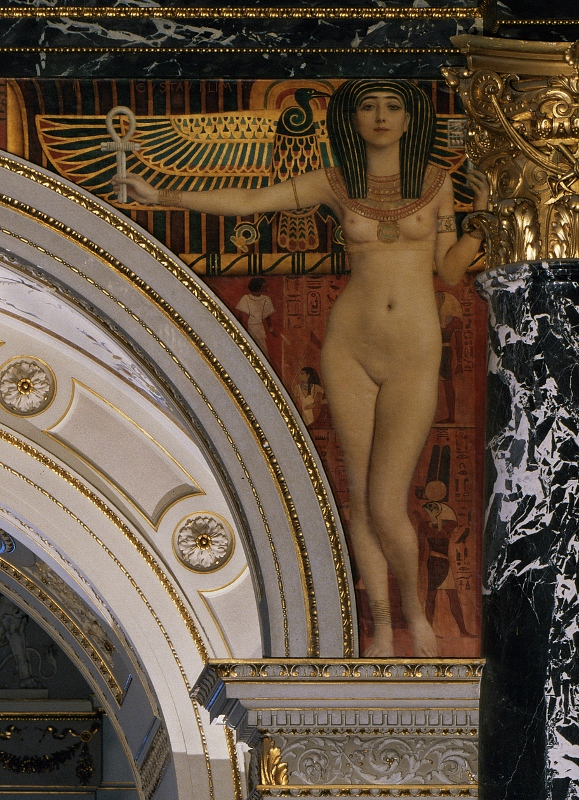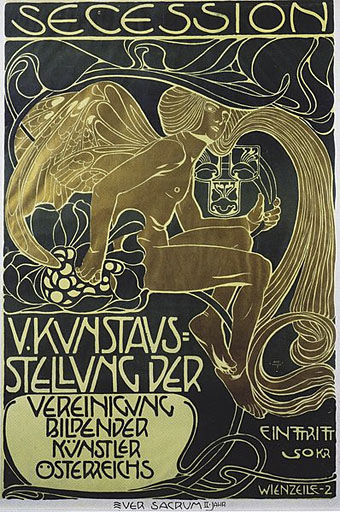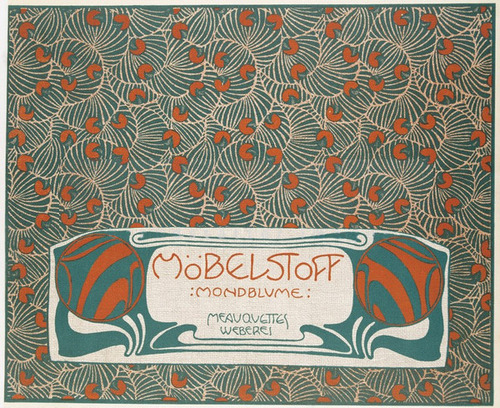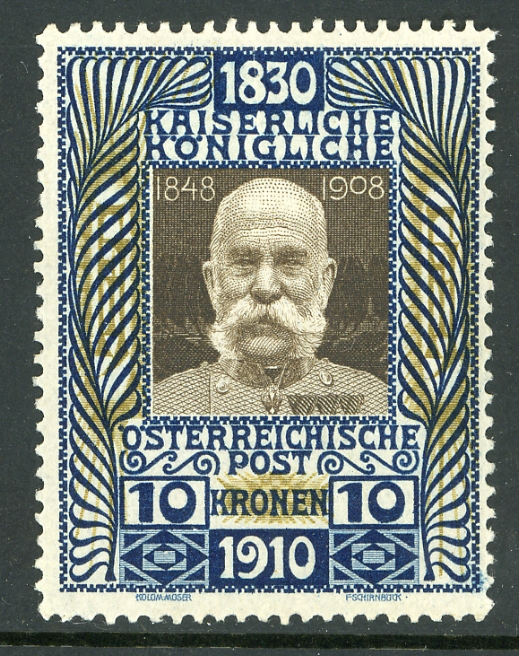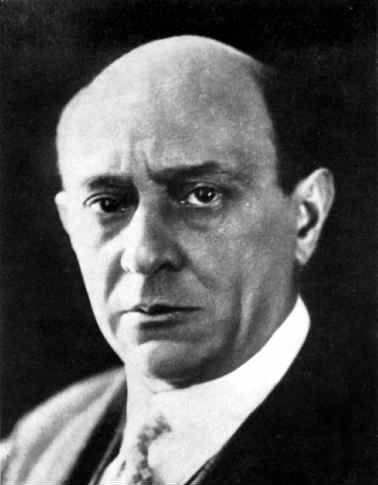Vienna
was the capital of twentieth century. The numerous innovative cultural and
intellectual movements that took place in this city radically changed Western
culture and thought. 1900 Vienna shaped the post-modern word.
As
in many other fields, Vienna was a place for literary innovation. The most
important literary group of this time was the Young Vienna movement. With
Hermann Bahr in the front, this group of writers turned their back to the
current style of Naturalism. In 1890, Bahr's work Zur Kritik der Moderne (On
Criticism of Modernity) established the word modernism as a literary term. Painters, musicians, architects, poets, journalists
and other intellectuals met in Café Griensteidl, Café Central or Café Museum.
Vienna’s finest writers, painters and psychologists
were preoccupied with the problem of the nature of the individual in a
disintegrating society due to the death of traditional liberalism. This
preoccupation led to Austria’s new vision of man. The traditional liberal
culture’s man was replaced by the more complex psychological man.
Realism and Naturalism, with Emile Zola in the front,
were the leading literary movements in France and other European countries.
Nineteenth century Austria, unlike other countries, remained unaffected by the
social realist movement. Yet Austrian literature found other ways to face the
problem of cultural values in a transforming society.
By the same time of Freud’s Interpretation of dreams publication, Artur Schnitzler was
introducing the interior monologue to Austrian literature. So instead of the
conventional omniscient narrator voice, he gives the reader direct access to
the characters’ minds allowing them to have their own thoughts about the
characters’ personalities and actions. In his novella Lieutenant Gustl (1900), Schnitzler let the inner thoughts of
Gustl, an officer of the Austro Hungarian army, lead the reader throughout the story
instead of making comments. The author becomes invisible.
Schnitzler was also the amoral voice of his
generation, talking about sex openly on his work. A loss of meaning in life was
being experimented by the young Viennese generation before World War I. They
were desperately seeking fulfilment in love and pleasure to find themselves
even more disappointed at the end. Schnitzler, like Freud, understood the
extensive power of sex. He had numerous affaires and sexual experiences during
his life, which is manifested in his characters who are sexualy aware. Yet in
his writing we can perceive a “double code of morality” when we talk about his
men and women characters; while men are unfaithful to their mistress, women’s
faithfulness remains unquestioned. On the other hand, Schnitzler seemed to
understand the psychology of women. He realized that the libido is present in
everyone, regardless of social class. He really explored the character of “das süsse Mädl”, a term to describe the
sweet, young and uncomplicated woman who felt free to explore her sexuality. As
an anecdote, Freud considered Schnitzler his Doppelgänger, as he confessed to
him in a letter in 1922.
Schnitzler also introduced politics to Austrian
literature. In his novel The Road of the
Open talks about the emerging
Anti-Semitism in Vienna and the also new Zionist movement. This novel is a
portrait of Jewish life in the turn of the century Vienna and their pursuit for
freedom.
As a curiosity, Schnitzler was fascinated by hypnotism
in medical practice; especially for the treatment of aphonia (I might try it,
though…).
Schnitzler was definitely the most revolutionary prose
writer during Fin de Siècle Vienna and his work captured a whole era. His
interest in the psyche and medicine gave him the elements to become the more representative
writer of this extremely singular time in Vienna and give a voice to his
generation.
REFERENCES USED:
·
Schorske,
Carl E. Fin-de-siècle Vienna: Politics and Culture. New York: Knopf, 1979.
Print.
·
Kandel,
Eric R. The Age of Insight: The Quest to Understand the Unconscious in Art,
Mind, and Brain: From Vienna 1900 to the Present. New York: Random House, 2012.
Ebook.

